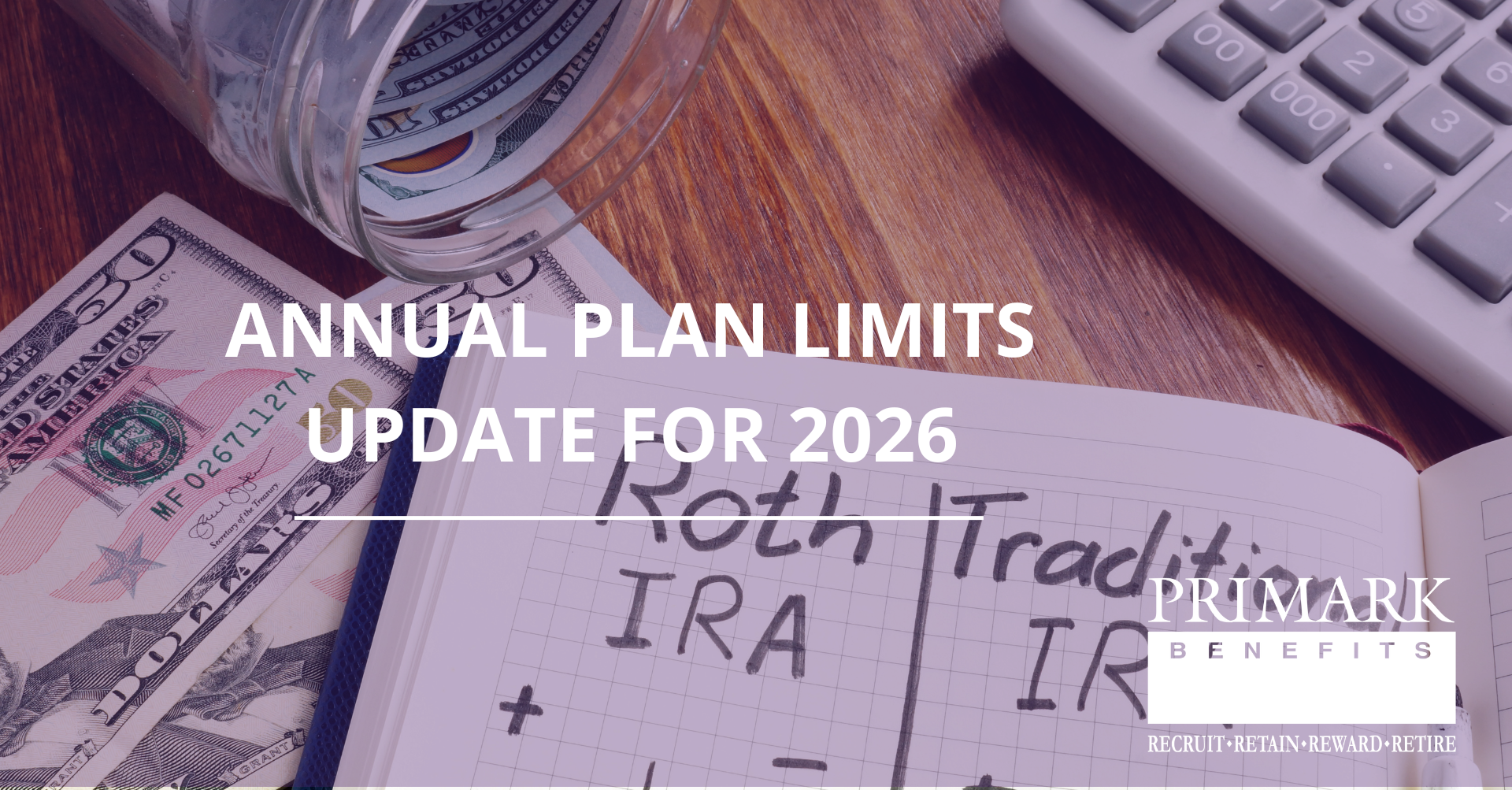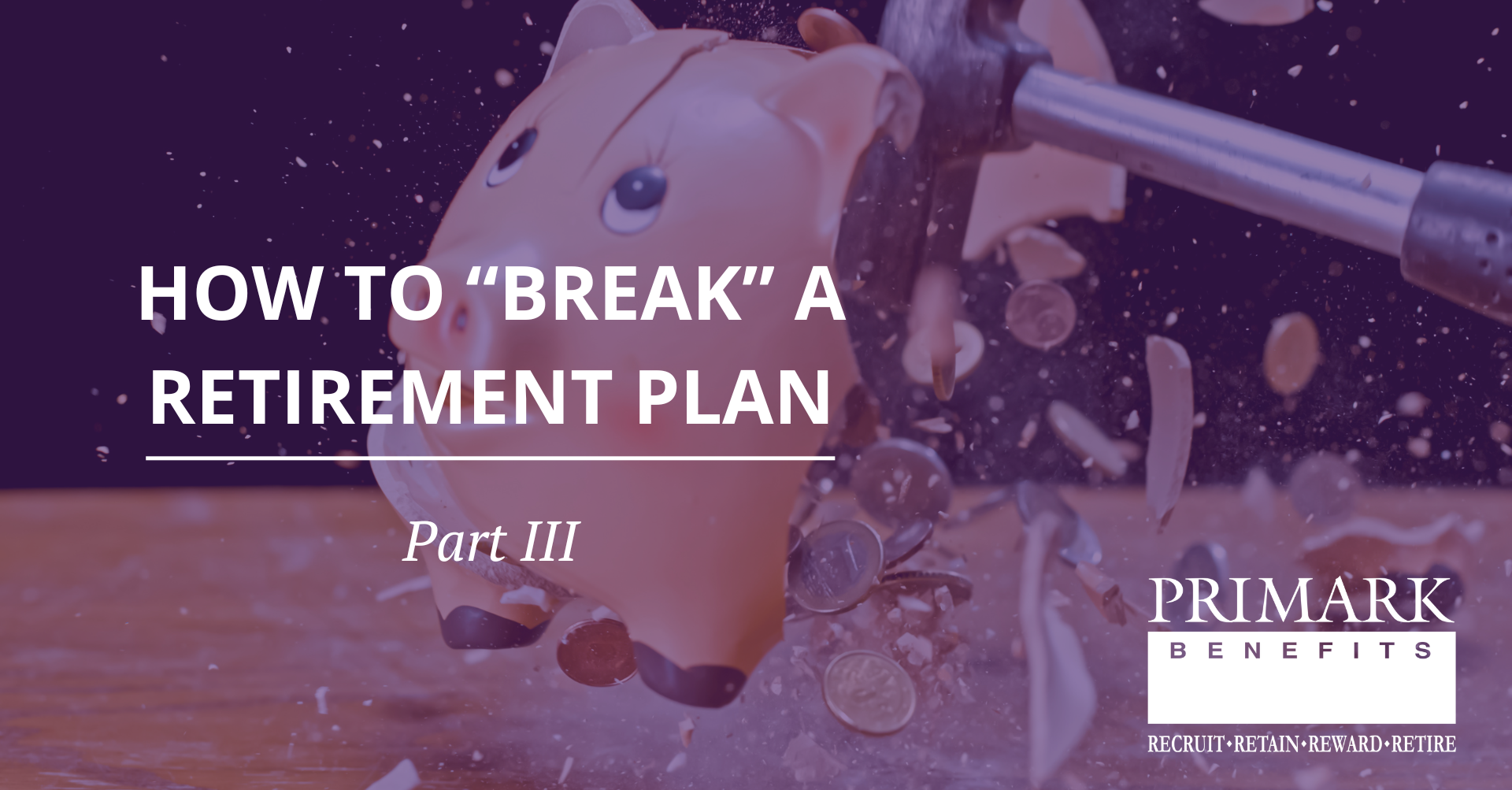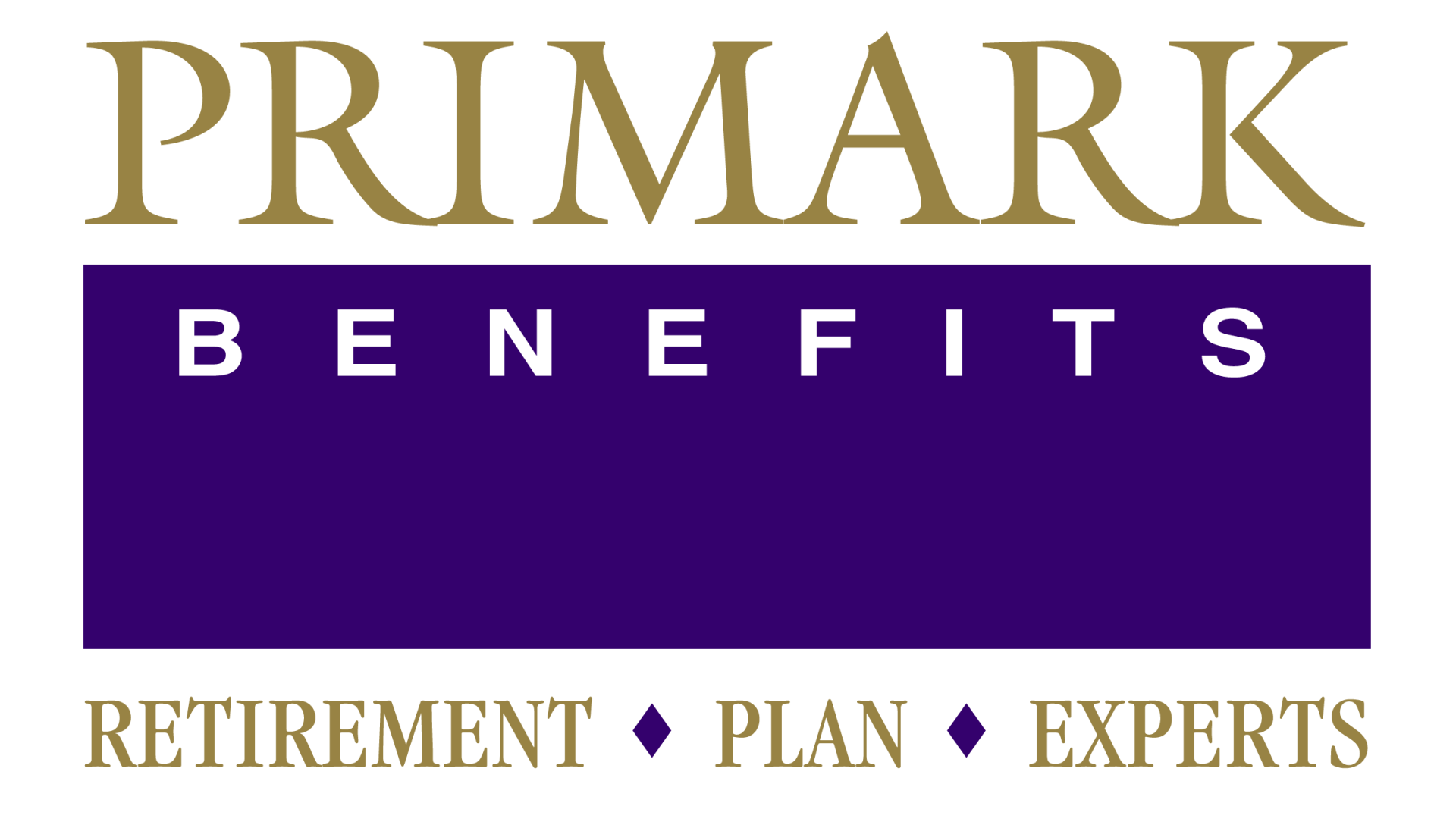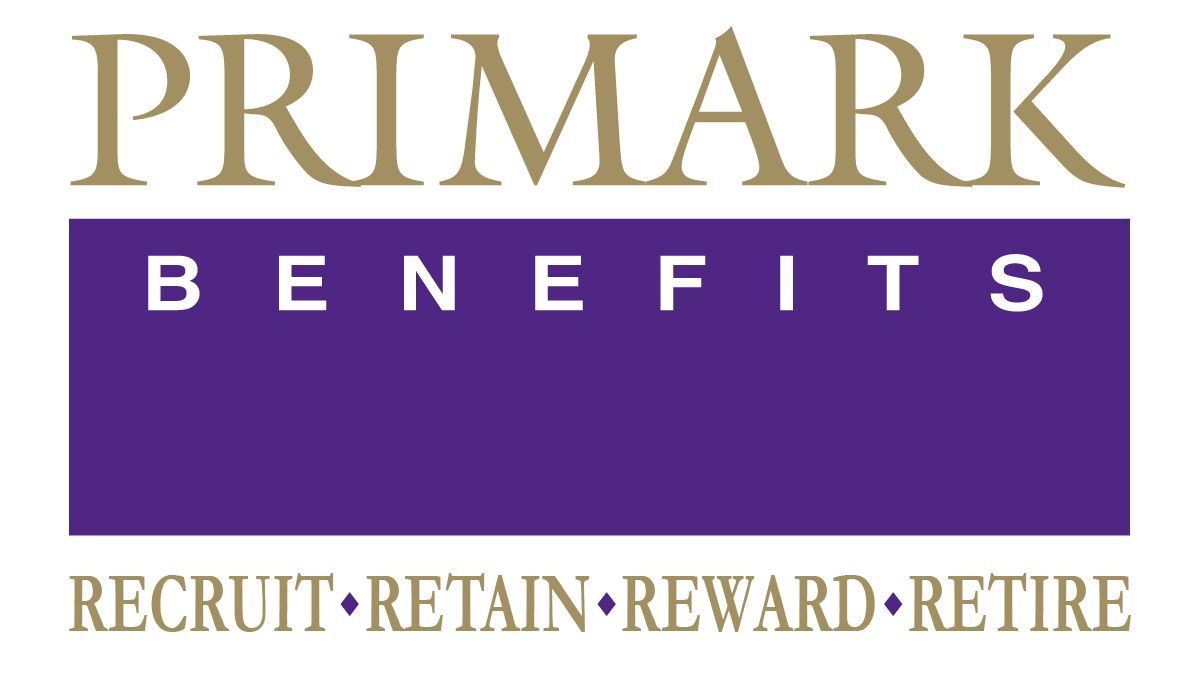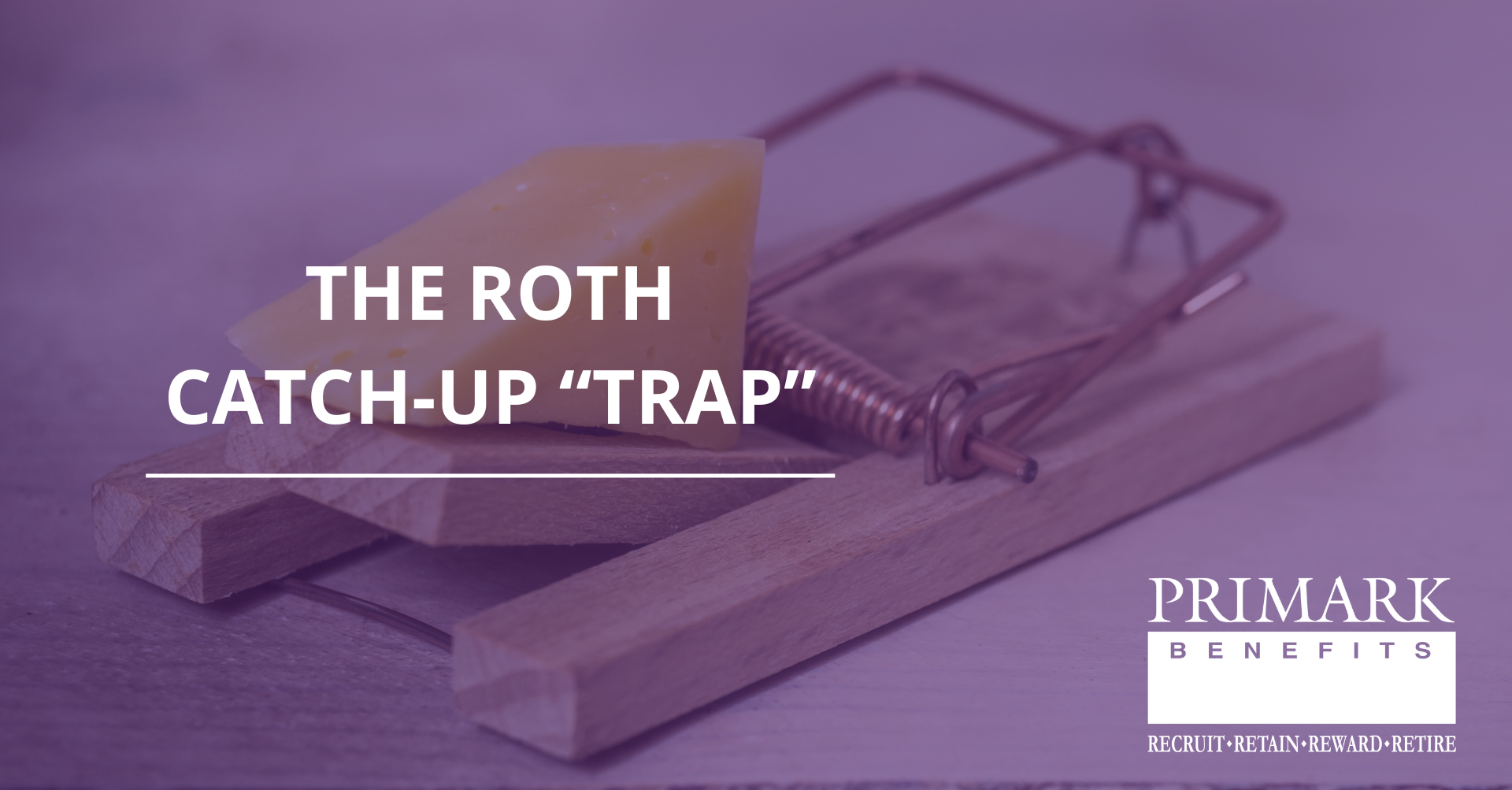Automatic Features to Help Boost Participation and Savings Rates
The use of automatic features in 401(k) plans has continued to climb in popularity over the past decade. In fact, auto features such as automatic enrollment and auto escalation are considered best practices in 401(k) plan design as ways to help boost participation and employee savings rates.[1]
Many large 401(k) retirement plans offer auto features. However, small business plan sponsors have been slower to adopt them as part of their 401(k) plan design. If your company’s retirement plan design doesn’t currently include auto features, and/or if you’re thinking about implementing them, then keep reading.
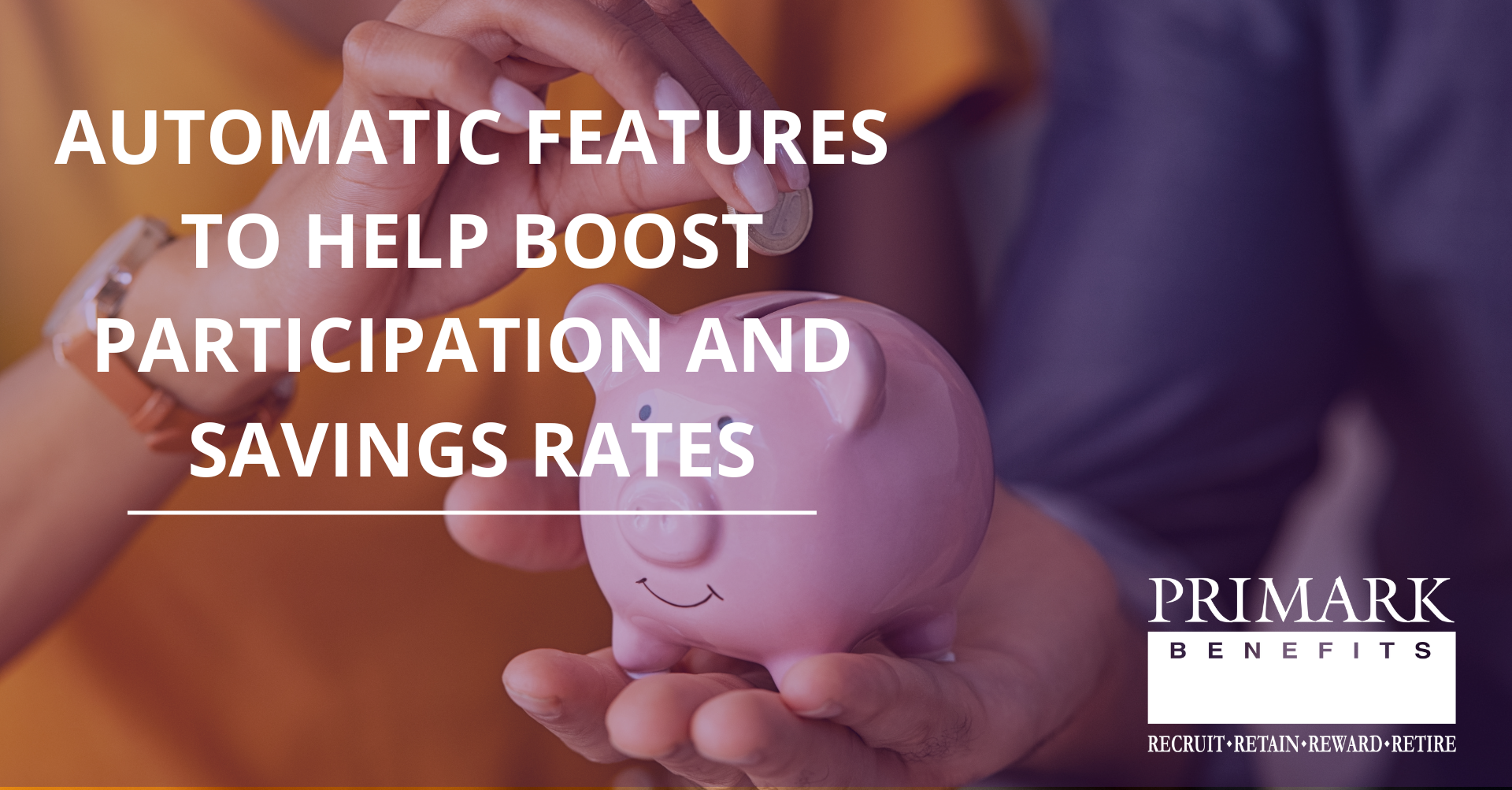
Small Plans Playing Catch Up
The majority of retirement plans (60%) use automatic enrollment. However, there is a noteworthy disparity between the usage of auto enrollment in large versus small 401(k) plans. Nearly three-quarters (73%) of large plans (those with assets of $200 million or more) use automatic enrollment as compared to 63% of smaller plans (those with assets of less than $200 million).[1]
Simply stated, auto enrollment occurs when an employee reaches the plan’s edibility requirements and is then automatically enrolled in the company’s retirement plan.
Likewise, the uptake of auto escalation — a plan feature that automatically increases participants’ contributions each year up to a specified limit — is more prevalent in large than in small plans. Seventy-six percent of large plans use auto escalation versus just 55% of small plans. Among plans with auto escalation, the majority increase participant deferrals by 1% per year.[1]
When an employee starts saving earlier (auto enrollment) and is regularly nudged to save more (auto escalation), these two plan design features can have a substantial impact on that employee’s future retirement savings. Plan sponsors have the power to implement ideas that encourage better retirement savings.
The Impact of Auto Features
Automatic enrollment can significantly improve plan participation. According to a recent survey from the Defined Contribution Institutional Investment Association (DCIIA), before the implementation of automatic enrollment, only 11% of plans had participation rates over 90%. Post-implementation, the percentage of plans with more than 90% participation increased more than fourfold to 46%.[1]
In addition, since automatic enrollment increases plan participation, it also improves the likelihood of a plan passing nondiscrimination testing.
What’s more, automatic enrollment improves savings rates, and adding auto escalation can further boosts the impact. In plans with neither automatic enrollment or auto escalation, only 44% have savings rates above 10% (includes both employee deferrals and employer matching contributions). In plans that implement automatic enrollment only, the percentage of participants with savings rates above 10% increases to 67%. Where plan sponsors have implemented both automatic enrollment and auto escalation, that percentage rises to 70%![2]
Financial experts recommend that workers save 15% of their pay each year to achieve a comfortable retirement.[3] According to DCIIA, a combination of automatic enrollment and auto escalation is helping more 401(k) plan participants hit that goal, thus increasing their chances of being better prepared for retirement.
Getting Smaller Employers on Board
Despite the stated positive impacts of auto features on retirement readiness, some employers have chosen not to adopt them for a variety of reasons. One concern is the fear of employee pushback, including worries that employees will complain.[4]
However, many real case and research studies have found that these concerns are largely unfounded. Opt-out rates for both automatic enrollment and auto escalation are negligible, suggesting that even if employees have initial concerns about the implementation of these plan design features, they generally do not act (i.e., opt out).[5]
There is no one-size-fits-all retirement plan design. However, if your plan goals include boosting participation, increasing employee deferrals, passing nondiscrimination testing, and improving overall retirement readiness, CONTACT US to learn more about automatic enrollment and auto escalation. The implementation of auto features in your company’s 401(k) plan may be a solution worth exploring.
_
[1] “Plan Sponsor Survey - Cdn.ymaws.com.” Www.DCIIA.org, Defined Contribution Institutional Investment Association, Apr. 2020.
[2] DCIIA Fourth Biennial Plan Sponsor Survey “Auto Features Continue to Grow in Popularity.” December 2017.*
[3] “How Much Money Should I Save Each Year for Retirement?” Fidelity, Fidelity, 31 July 2021.
[4] “Plan Sponsor Survey - Cdn.ymaws.com.” Www.DCIIA.org, Defined Contribution Institutional Investment Association, Apr. 2020.
[5] DCIIA Fourth Biennial Plan Sponsor Survey “Auto Features Continue to Grow in Popularity.” December 2017.*
*More recent data may alter this assessment.
